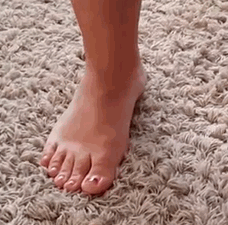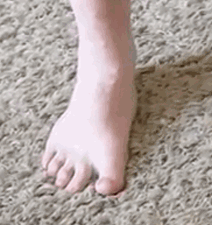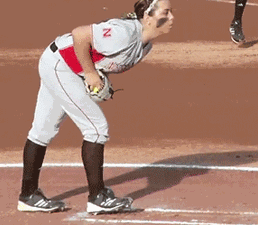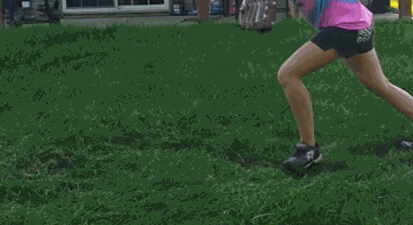Weight lifters are not inherently fast and in many cases are slow. In a foot race, I'd take a chunky lineman over a stacked lifter.
You should read my post again. I said "quick", not "fast". Also, I said *COMPETITIVE* weight lifters...not the bozos down at the gym (and I am one of those bozos) who lift weight in order to build strength.
Competitive weight lifting requires extremely quick feet. Competitive weight lifters have much quicker feet than any football lineman.
<iframe width="560" height="315" src="https://www.youtube.com/embed/YWCvx8nVP_8" frameborder="0" allow="autoplay; encrypted-media" allowfullscreen></iframe>
I appreciate you bringing this issue up. However, it is pretty clear by looking at *COMPETITIVE* weight lifters that they use the techniques you are discussing.
Last edited:








